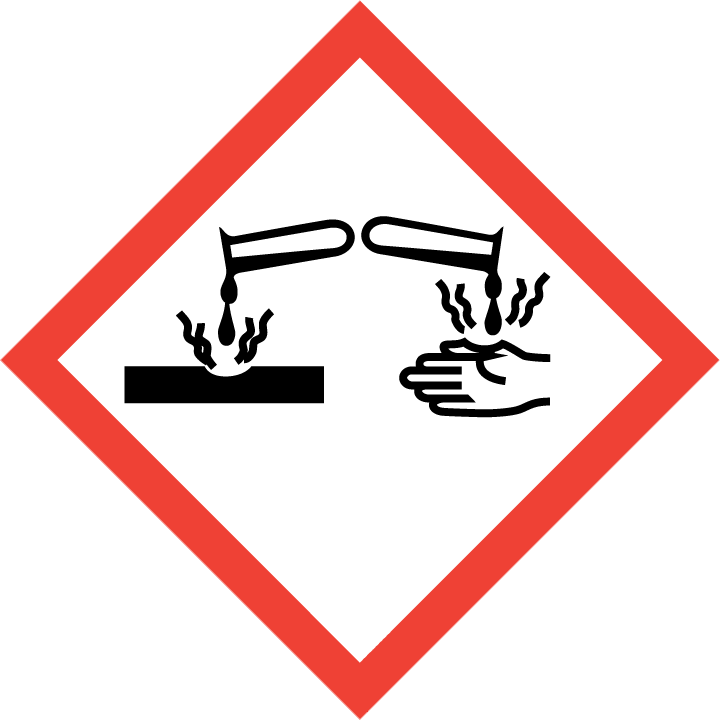5,6-Dichloropyridine-3-sulfonyl chloride is a versatile compound widely utilized in chemical synthesis as a key building block for the creation of various important intermediates and functional materials. Due to its unique structural properties, this compound plays a crucial role in the development of pharmaceuticals, agrochemicals, and advanced materials.In organic synthesis, 5,6-Dichloropyridine-3-sulfonyl chloride serves as a valuable reagent for the introduction of sulfonyl chloride groups into complex molecules. This compound exhibits excellent reactivity towards nucleophilic substitution reactions, enabling the efficient functionalization of aromatic systems. By leveraging the reactive sulfonyl chloride moiety, chemists can easily incorporate this building block into target molecules, facilitating the synthesis of diverse organic compounds.Furthermore, the presence of chloropyridine functionality in this compound offers additional opportunities for further transformations, such as cross-coupling reactions and diversity-oriented synthesis. The chloropyridine motif can participate in various coupling reactions with nucleophiles or electrophiles, allowing for the rapid construction of molecular diversity for drug discovery or material science applications.Overall, the strategic utilization of 5,6-Dichloropyridine-3-sulfonyl chloride in chemical synthesis enables chemists to access novel structures, accelerate synthetic routes, and streamline the creation of advanced functional materials with tailored properties.
